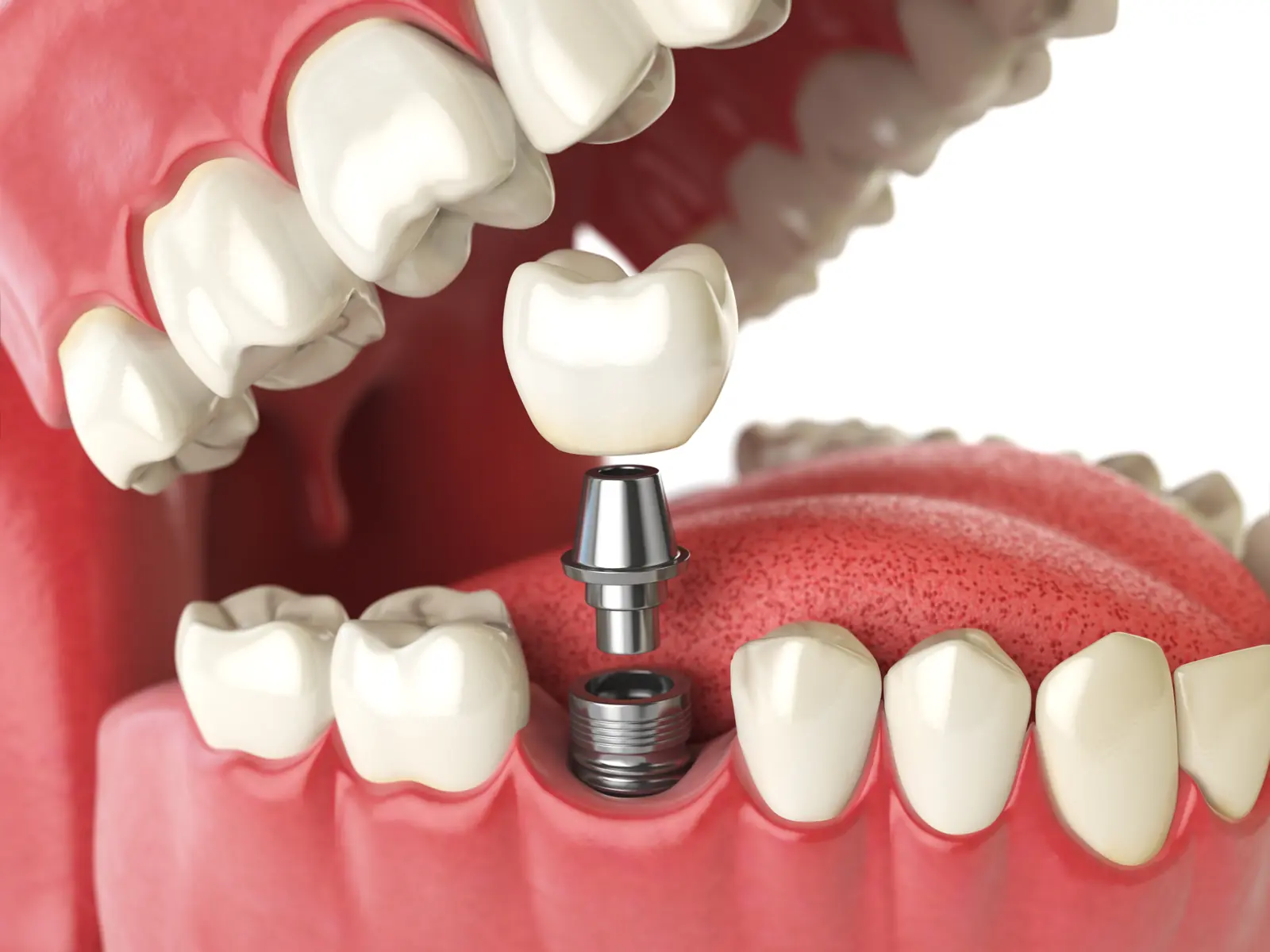Endosteal Dental Implants Pompano Beach FL | JB Dentistry
Discover Endosteal Dental Implants with JB Dentistry Pompano Beach FL
Endosteal implants Pompano Beach FL, secure tooth replacement with titanium posts in jawbone.

We believe that a beautiful and healthy smile is not just about having perfect teeth, but it’s also about feeling confident and comfortable in your own skin. That’s why we offer a wide range of dental services to meet all your needs.
One of our most popular procedures is Endosteal Dental Implants. This advanced dental technology has transformed the lives of countless patients, restoring their smiles and confidence.
What are Endosteal Dental Implants?
Endosteal Implants vs. Subperiosteal Dental Implants
There are two types of dental implants: endosteal and subperiosteal. While both options offer long-term solutions for missing teeth, they differ in the way they are placed and function.
Endosteal implants are inserted directly into the jawbone, whereas subperiosteal implants are placed on top of the jawbone but under the gum tissue. They are considered to be more stable and have a higher success rate compared to subperiosteal implants.
Moreover, endosteal implants can support multiple teeth with just one implant, while subperiosteal implants are typically used for single-tooth replacements. Your dentist will conduct a thorough examination to determine which type of implant is best suited for your specific case.
Could Endosteal Implants Be Right for You?
Endosteal implants are an excellent option for many people, but they may not be suitable for everyone. The success of endosteal implants relies on the health of your jawbone and overall oral well-being. Ideal candidates should have sufficient bone density, healthy gums, and no underlying health issues that may hinder the healing process.
To determine if you are a viable candidate for endosteal implants, your dentist will perform a comprehensive evaluation, which may include X-rays or CT scans. If you are not eligible for endosteal implants, your dentist may suggest alternative options such as bone grafting or subperiosteal implants.
Endosteal Implant Procedure
The endosteal implant procedure is typically done in two stages. During the first stage, the titanium implant is surgically placed into the jawbone. The gums are then closed over the implant, and it is left to heal for several months.
While you’re healing, the implant bonds with your jawbone in a process known as osseointegration. The implant provides a strong and safe foundation for attaching the artificial tooth or teeth in a friendly and secure way.
After the implant has completely fused with the jawbone, the next step of the procedure can take place. Your dentist will make a small cut in the gums to uncover the implant and put a tiny extension called an abutment on it. This abutment acts as a link between the implant and the artificial tooth.
Once the abutment is placed, your dentist will take impressions of your mouth to create a custom-made dental crown or bridge that will be attached to the implant. Once the final restoration is ready, it will be securely placed onto the abutment, completing the endosteal implant procedure.
Endosteal dental implants can drastically change the finding and appearance of one’s face. They are an incredibly viable option for anyone looking to replace lost teeth without dentures.
If you think that this is the route you want to go to get back your beautiful smile, make sure to consult with a general dentist or oral surgeon who specializes in oral implantology. It is important that they know your history and any issues you have so they can best perform the procedure for correcting your dental issue.
Don’t let missing teeth keep you from showing off your smile ever again—get endosteal implants and feel confident knowing you look perfect in photos! And after all that work, don’t forget to flash that pearly white smile even brighter.